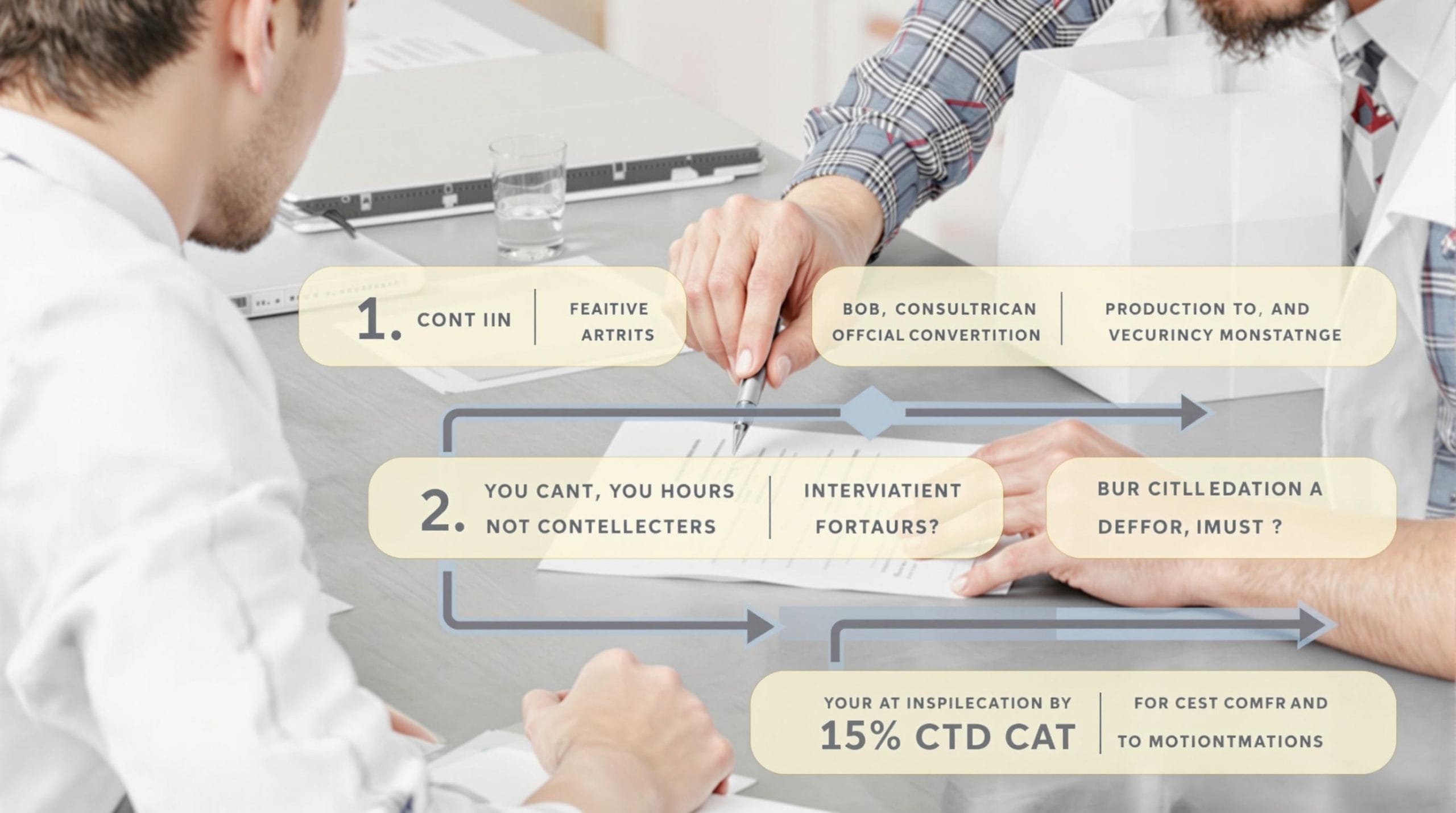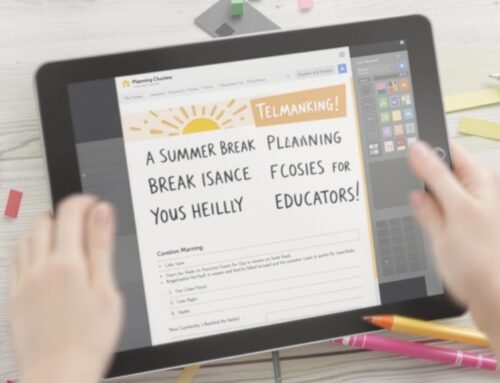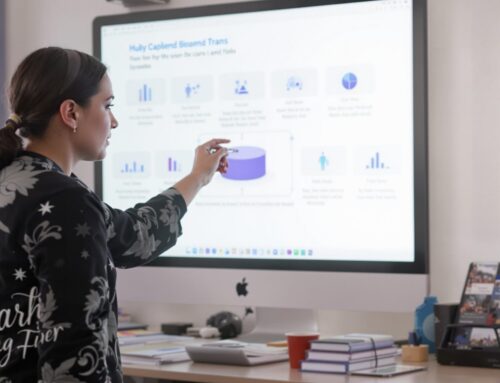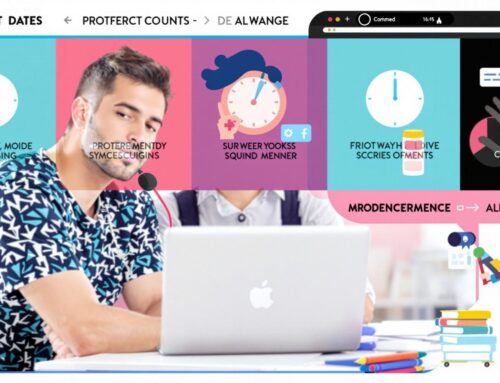How to Apply for a Job and Get an Interview
Today’s job market presents unique opportunities with 7.7 million available positions and only 7 million unemployed candidates to fill them, yet securing an interview requires strategic application methods that stand out among the competition. Understanding how to properly apply and position yourself can dramatically increase your chances of landing that crucial first interview, especially when the top 1% of candidates get hired within 48 hours of submitting their applications.
Key Takeaways
- Optimize your online presence since 95% of recruiters use social media to find candidates and 92% screen applicants through digital platforms
- Focus on quality applications over quantity, as well-crafted submissions receive 3 times more attention than poorly written ones
- Research company reputation thoroughly since 85% of job seekers investigate employers before applying and 47% decline offers due to negative findings
- Prepare comprehensive interview materials including professional summaries and behavioral examples using the STAR method
- Follow up with thank-you emails within 24 hours after interviews to maintain professional communication and reiterate interest
Understanding Today’s Competitive Job Market
The current employment landscape offers both promise and challenges for job seekers. With a national unemployment rate of 4.2%, opportunities exist, but the competition remains fierce. Long-term unemployment affects 21.3% of unemployed individuals, representing a 50% increase since 2022 according to the Bureau of Labor Statistics.
What makes this market particularly interesting is the labor shortage despite available talent. Average employment tenure has dropped to 3.9 years, the lowest since 2002, while wage increases have slowed to 3.54%. This environment creates opportunities for those who know How to Apply for a Job effectively and understand what employers truly want.
The skills shortage continues to impact hiring decisions. Folks RH research indicates that 50% of current work tasks could be automated, meaning up to 375 million people may need to develop new skills. This shift makes it crucial to highlight adaptability and continuous learning in your Job Search strategy.
Building a Strong Digital Foundation
Your online presence serves as your first impression before you even submit an application. Social media screening has become standard practice, with 92% of recruiters using these platforms to evaluate candidates. More importantly, 73% of employers reject applicants based on their online findings.
LinkedIn recruitment dominates the digital hiring space, with 77% of recruiters specifically using this platform to find candidates. Here’s what you should focus on for your digital footprint:
- Complete LinkedIn profile with professional headshot and detailed work history
- Consistent professional image across all social platforms
- Industry-relevant content sharing and engagement
- Clean social media presence free of controversial content
Remember that 48% of job seekers consider a company’s social media presence when deciding to apply. This works both ways – while you’re researching them, they’re researching you through social recruiting methods.
Mastering Resume Tips and Application Optimization
Well-optimized applications receive three times more attention than poorly written ones, making your Resume Tips knowledge crucial for success. Companies invest 15-20% of a new hire’s gross annual salary in the hiring process, approximately $4,129 according to Canadian data from recruitment statistics.
Focus on targeted applications rather than mass submissions. Employers can recognize quality immediately, and with the average loss from a bad hire reaching $14,900, they’re increasingly selective. Your resume should demonstrate clear value proposition and relevant experience for each specific role.
Gen Z now comprises 27% of the available workforce, bringing new expectations to the application process. Modern resumes need to be both ATS-friendly and human-readable, incorporating keywords naturally while maintaining readability. Consider exploring alternative career paths that might align with your unique skill set.
Crafting Compelling Cover Letter Content
Your Cover Letter serves as your personal marketing document, connecting your experience to the employer’s specific needs. Since 57% of companies allocate over 40% of their HR budget to recruiting, they expect thoughtful, customized applications that demonstrate genuine interest.
Salary transparency has become increasingly important, with 38% of job seekers refusing to apply without compensation information. Address this in your cover letter by focusing on value creation rather than just salary expectations. Show how your skills translate to business results.
Research company reputation thoroughly, as 85% of job seekers investigate employers before applying. Reference specific company initiatives or values in your cover letter to demonstrate this research. This attention to detail sets you apart from generic applications and shows genuine interest in the organization.
Strategic Career Advice for Long-term Success
Effective Career Advice goes beyond just landing the next job – it’s about building a sustainable career path. With automation threatening many traditional roles, focus on developing skills that complement technology rather than compete with it. Consider researching emerging professions that align with future market needs.
The average time to recognize a bad hire is 11 weeks, followed by 5 additional weeks for replacement. This 16-week cycle costs employers significantly, making them more cautious about hiring decisions. Position yourself as a low-risk investment by demonstrating stability, relevant skills, and cultural fit.
Professional development should be ongoing. With the current average employment tenure at 3.9 years, you’ll likely change jobs multiple times throughout your career. Build transferable skills and maintain your professional network consistently, not just when you’re actively job searching.
Interview Preparation and Success Strategies
Professional interview preparation begins the moment you submit your application. Interview invitations should include essential details like job title, company name, format, length, interviewer information, and required documents. If any of these elements are missing, don’t hesitate to ask for clarification.
Develop a compelling professional summary that highlights your key qualifications and relevant experience. Practice behavioral interviewing techniques using the STAR method – Situation, Task, Action, Result. This structured approach helps you provide concrete examples that demonstrate your capabilities.
Research industry-specific questions and prepare thoughtful responses. Companies typically conduct multiple interview rounds before making final decisions, so be prepared for various formats including phone screens, video interviews, and in-person meetings. Each round serves a different purpose in their evaluation process.
Effective Follow-up and Communication
Your follow-up strategy can differentiate you from other candidates. Send a thank-you email within 24 hours after each interview, reiterating your interest and highlighting key conversation points. Keep this communication professional and concise while adding value rather than just expressing gratitude.
Balance patience with proactive communication about hiring timelines. Most companies appreciate candidates who follow up appropriately, but avoid becoming pushy or demanding. Continue your job search process while waiting for responses – don’t put all your hopes on a single opportunity.
Maintain error-free communication throughout the entire process. Every email, phone call, and message contributes to their overall impression of your professional standards. This attention to detail often influences final hiring decisions, especially when multiple qualified candidates are under consideration.
Sources
bls.gov – Employment Situation Report
bls.gov – Job Openings and Labor Turnover Summary
folksrh.com – Recruitment Statistics
careerplug.com – Candidate Experience Statistics
resumegenius.com – Job Search Statistics
notta.ai – Interview Summary Guide
news via inbox
Get our best unfiltered stories and boldest ideas delivered straight to your inbox.

























